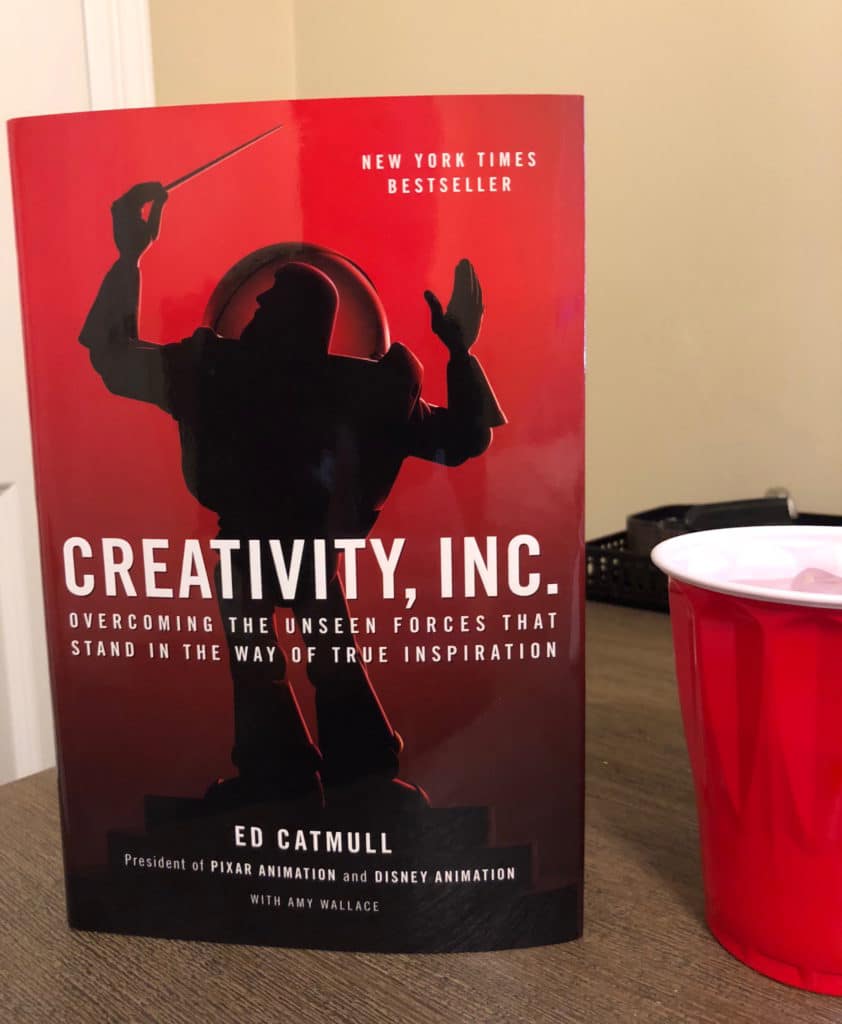
I called a meeting the other day within Ritholtz Wealth Management to solicit ideas from the staff (now 24 of us) about how we could address procedural issues and kinks in the chain to make the firm run more smoothly. It was a wonderful way to get a sense of where people think there is room for improvement in their own daily tasks and interactions.
I’m not involved directly in all of the thousands of critical operational details that make the train run. I don’t need to be an expert in each of them because I have talented, reliable people. But what I need to do as a CEO is create the kind of atmosphere where people feel that they have the ability to speak up. And when I say people, I mean everyone.
In some ways, the firm is a traditional wealth management outfit and in other ways we are inventing something that’s never been attempted before. This means that we’ve got an established industry blueprint that runs to the edge of the drawing board, but then a lot of empty space off the edge that needs to be filled in by creativity, trial and error, and the type of necessity that is said to be the mother of invention.
I was inspired to try this idea (and several others) by an incredible book I’ve just read about the founding and managing of one of the world’s most daring and successful companies, Pixar. Everyone knows the hit movies – from Toy Story to Monsters Inc to Finding Nemo – and lots of people know the names of two of the co-founders, technologist and financial backer Steve Jobs and writer / director John Lasseter. But the author of the book Creativity, Inc., Ed Catmull, is the third founder and he is the unsung hero of the whole story.

from left, Ed Catmull, Steve Jobs and John Lasseter
When the studio was bought by Disney for $7.4 billion, it was Catmull’s management abilities that ended up being the true crown jewel – more so than the bluster of Jobs or the unbridled imagination of Lasseter. Upon the consummation of the acquisition, Disney CEO Bob Iger effectively handed him the reins to not only continue running Pixar, but to also turn around the faltering Disney Animation unit. Within just a few years, this storied division within Disney was once again pumping out big hits like Tangled and Wreck-It Ralph. In just a few short years, it would release the biggest animated blockbuster phenomenon of all time, Frozen. Without Catmull’s cultural stewardship and management chops, none of this would have happened.
The book is both a corporate history of Pixar (relentlessly fascinating on its own) along with a step-by-step “how we did it” narrative running throughout. I was inspired by almost every page of it. On many levels, it’s one of the best books about running a business I’ve ever read.
There was no blueprint for building a standalone company fueled by the desire to use technology to tell the greatest stories ever – they had to build it themselves. This meant managing a lot of people doing all sorts of tasks to bring about a new cinematic miracle (and blockbuster revenue machine) every two years.
Below I list nine principles from Ed Catmull about the way Pixar’s internal environment has served as such a fertile breeding ground for openness, creativity and problem-solving. Their culture begins with the idea that anyone along the assembly line can pull the chain and alert management of a potential production issue, thus nipping it in the bud and getting more efficient every time. Bringing this idea into our firm has already yielded some important conversations that would not have otherwise taken place…(emphasis mine)
- If there are people in your organization who feel they are not free to suggest ideas, you lose. Do not discount ideas from unexpected sources. Inspiration can, and does, come from anywhere.
- It isn’t enough to merely be open to ideas from others. Engaging the collective brainpower of the people you work with is an active and ongoing process. As a manager, you must coax ideas out of your staff and constantly push them to contribute.
- There are many valid reasons why people aren’t candid with one another in a work environment. Your job is to search for those reasons and then address them.
- Likewise, if someone disagrees with you, there is a reason. Our first job is to understand the reason behind their conclusions.
- Further, if there is fear in an organization, there is a reason for it – our job is to (a) find what’s causing it, (b) to understand it, and (c) to try to root it out.
- If there is more truth in the hallways than in meetings, you have a problem.
- Many managers feel that if they are notified about problems before others are or if they surprised in a meeting, then that is a sign of disrespect. Get over it.
- Careful “messaging” to downplay problems makes you appear to be lying, deluded, ignorant or uncaring. Sharing problems is an act of inclusion that makes employees feel invested in the larger enterprise.
- A company’s communication structure should not mirror its organizational structure. Everybody should be able to talk to anybody.
Now, of course, there are hundreds of lessons and ideas in the book, along with great examples of how Catmull and Pixar found solutions to the issues that all of us face in our businesses. I can’t recommend it highly enough – if you’re an entrepreneur, managing people in a big corporation, or even thinking about starting a company on your own, this is can’t-miss stuff. And you’ll enjoy reading it as much as you’ll be learning from it.
The next and final book of my First Quarter Curriculum is William Thorndike’s The Outsiders, which we’ll discuss at the end of the month here.




… [Trackback]
[…] Read More Info here on that Topic: thereformedbroker.com/2018/03/18/nine-rules-for-managing-a-creative-culture/ […]